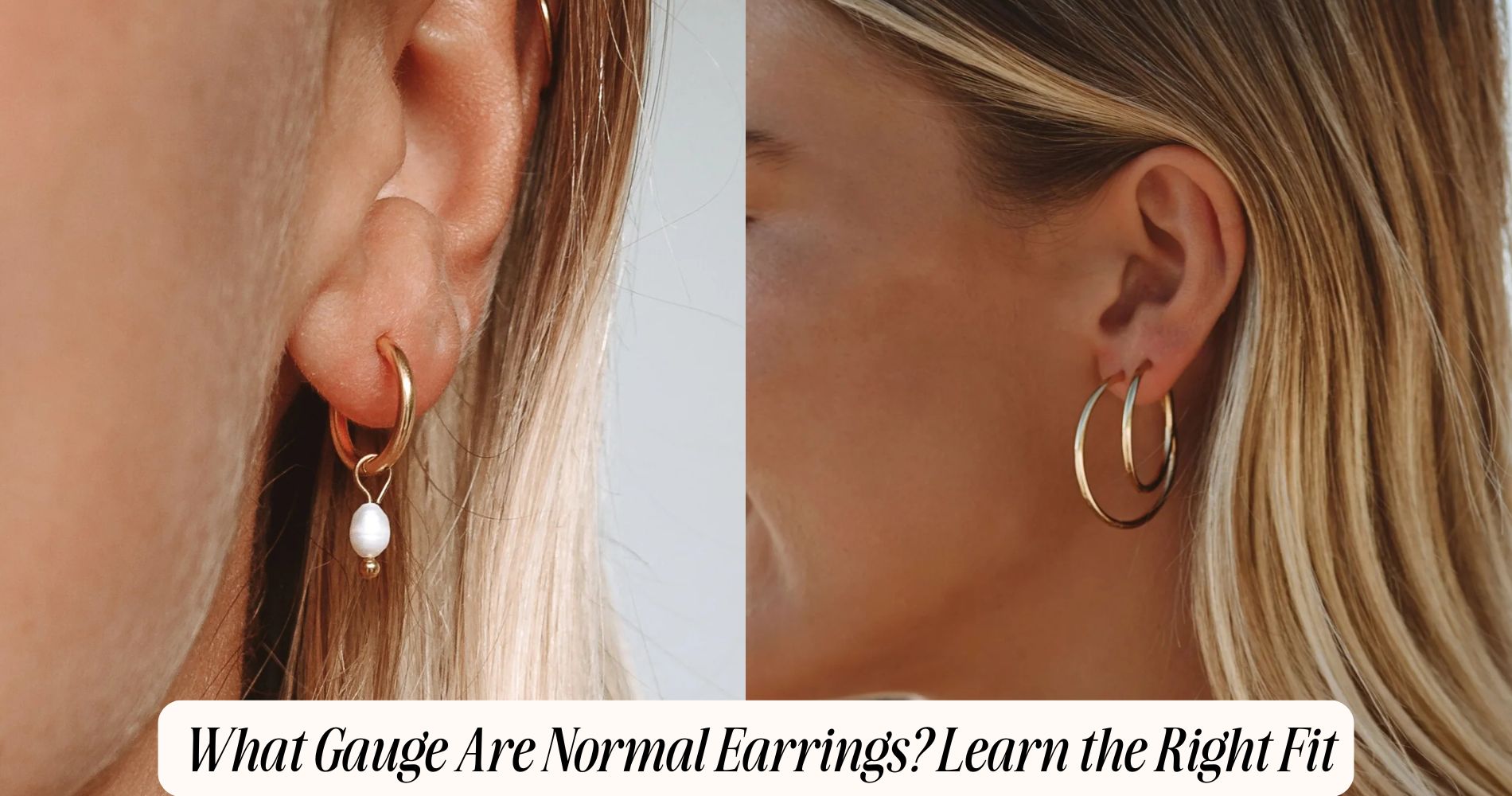
What Gauge Are Normal Earrings? Learn the Right Fit
Wondering what gauge are normal earrings? Most standard earrings use a 20 gauge (0.8 mm) post, which is comfortable for everyday wear and gentle on healing tissue. Some piercers may recommend an 18 gauge (1.0 mm) for added strength and reduced chances of rejection. Choosing the right gauge is key to maintaining ear health, especially if you have sensitive skin. Always check both the material and the gauge before buying. For comfortable, travel-ready options, explore our Vacation Earrings collection—designed to look great and feel even better.
Understanding Earring Gauge Sizes
Many individuals encounter earring gauge sizes when choosing jewelry for piercings, but understanding these measurements is essential for both comfort and safety.
You must recognize that gauge refers to the thickness of the jewelry post, with smaller numbers indicating thicker posts. Standard gauges for ear piercings typically range from 20 to 14, but earring materials—such as surgical steel, titanium, or gold—may influence the available options and compatibility with your skin.
When selecting earrings, pay close attention to gauge conversions, especially if you’re switching between metric and imperial systems, to prevent sizing errors. Accurate gauge selection reduces the risk of tissue trauma or allergic reactions.
Always verify both the gauge and earring materials before insertion to maintain ideal healing and long-term ear health.
Why Gauge Matters for Your Earrings
Selecting the correct earring gauge plays a critical role in minimizing complications such as tissue tearing, irritation, or prolonged healing times.
Each earring style may use different gauge variations, so it's essential that you match the gauge to your specific piercing. If you choose a gauge that's too thick, you risk stretching the piercing channel, which can cause discomfort and delayed healing.
Conversely, a gauge that's too thin may lead to migration or rejection of the jewelry. Gauge variations also influence how securely your earrings fit and how they interact with your skin.
Standard Gauge for Lobe Piercings
The most common gauge for standard lobe piercings is 20 gauge (0.8 mm), though some professional piercers may use an 18 gauge (1.0 mm) needle for added durability and reduced risk of earring rejection.
When you choose standard lobe piercings, understanding typical gauge sizes is vital for both comfort and long-term ear health. Using the correct gauge helps guarantee proper healing and reduces complications such as tearing or migration of the piercing.
If you’re getting your ears pierced for the first time, confirm that your piercer uses sterile, medical-grade needles at either 20 or 18 gauge.
Selecting jewelry that matches these typical gauge sizes will help maintain the integrity of your piercing and prevent unnecessary trauma or irritation during the healing process.
Common Gauge Sizes for Cartilage and Other Piercings
Beyond standard lobe piercings, cartilage and other ear piercings require specific gauge sizes to promote ideal healing and structural support.
For a cartilage piercing, you’ll typically encounter a 16 gauge (1.2 mm) or 18 gauge (1.0 mm) needle and jewelry. These sizes minimize tissue trauma and offer sufficient support for the cartilage’s dense structure.
Industrial piercings usually use 14 gauge (1.6 mm) jewelry to withstand the stress of spanning two cartilage points. Tragus and helix piercings often use 16 or 18 gauge.
Understanding gauge differences between lobe and cartilage piercings is vital for your safety and healing. Using too thin or thick a post increases risks of rejection or prolonged irritation.
Always consult with a reputable professional to select the appropriate gauge for your specific anatomy.
How to Measure Earring Gauge at Home
Accurately measuring your earring gauge at home guarantees you choose jewelry that fits securely and supports proper healing. To determine the gauge, use a digital caliper or a precise ruler to measure the thickness of the earring post in millimeters.
Record the measurement, then utilize a gauge conversion chart to translate the millimeter size into the appropriate gauge number. Always clean both your tools and jewelry before measuring to minimize contamination risk.
Avoid estimating by sight, as even small discrepancies can cause discomfort or tissue trauma. If you’re unsure how to measure, consult professional guidance or reference manufacturer specifications.
Precise measurement and proper gauge conversion are critical for maintaining healthy piercings and preventing unnecessary complications. Always prioritize safety and accuracy during this process.
Choosing the Right Gauge for Sensitive Ears
Once you've measured your earring gauge, selecting the correct size becomes especially important if your ears are sensitive. You should opt for a standard 20 or 18 gauge, as these minimize tissue trauma and promote rapid healing.
Choosing sensitive materials is essential—medical-grade titanium, surgical stainless steel, or niobium reduce the risk of allergic reactions. Carefully evaluate allergy considerations by avoiding earrings containing nickel or unknown alloys, since these can provoke irritation or inflammation.
Always inspect product descriptions for hypoallergenic claims and certifications. Prioritize smooth, polished finishes to reduce mechanical irritation during insertion or daily wear.
Effects of Wearing the Wrong Gauge
If you wear earrings with an incorrect gauge, you risk several adverse effects on your ear tissue.
Earrings that are too thick place undue pressure on the piercing, leading to ear discomfort, redness, and potential tearing. Excessive force can damage the delicate tissue, making it more susceptible to infection risk as bacteria can enter through microtears or wounds.
Conversely, earrings that are too thin mightn't fill the piercing adequately, allowing the hole to contract around the jewelry and causing irritation or even embedding.
Both scenarios compromise the integrity of your piercing and raise the likelihood of inflammation or complications.
To maintain ideal ear health, always select earrings with the correct gauge for your piercing and monitor for any signs of discomfort or infection.
Transitioning Between Different Earring Gauges
When you shift between different earring gauges, you must approach the process with caution to prevent trauma or infection.
Gauge changes require a gradual approach—never force a thicker earring into a smaller piercing, as this can cause tearing, inflammation, or scarring. If you're increasing gauge, use incremental sizes for earring adjustments, allowing adequate healing time between each change.
Clean your hands and jewelry thoroughly before handling, and monitor the site for redness, discharge, or pain. If you experience persistent discomfort or complications, consult a professional piercer or healthcare provider.
When downsizing, verify that the new, thinner jewelry fits securely to avoid migration or accidental loss.
Prioritize sterile, hypoallergenic materials during all gauge changes to maintain ideal tissue health and minimize the risk of infection.
Tips for Finding Comfortable and Stylish Earrings
Although aesthetics play a significant role in earring selection, prioritize comfort and biocompatibility to guarantee long-term wearability and safety. Choose hypoallergenic earring materials such as surgical stainless steel, titanium, or niobium to minimize allergic reactions and irritation.
For sensitive skin, avoid nickel-containing alloys and opt for medical-grade options. Assess earring backings and closures for secure yet gentle pressure to prevent trauma to the earlobe.
When considering fashion trends, balance style with practicality. Large or heavy designs may stress the piercing and increase the risk of tearing. Select earrings with smooth surfaces and rounded edges to reduce friction.
Regularly clean earrings and inspect for signs of wear or corrosion. By integrating these strategies, you’ll maintain ear health while expressing your style confidently and safely.
Frequently Asked Questions
Can I Wear Body Jewelry Gauges in My Ear Piercings?
You can wear body jewelry gauges in your ear piercings if the sizes are compatible. Always verify ear jewelry compatibility and choose body jewelry styles made from safe materials to minimize risks of irritation or injury.
Are There Cultural Differences in Earring Gauge Preferences?
You’ll notice cultural significance and regional styles impact earring gauge preferences. Different cultures may favor specific gauges for traditional or aesthetic reasons. Always research regional guidelines and prioritize safety to prevent tissue damage or infection during selection.
Do Different Materials Affect the Gauge Size I Should Choose?
When selecting your earring gauge, you should consider material density and gauge compatibility. Dense materials like gold or steel maintain structure at smaller gauges, but lighter, less dense materials may require thicker gauges to guarantee safety and prevent breakage.
How Do Gauge Sizes Impact Ear Stretching Procedures?
Gauge terminology guides you as you select appropriate stretching techniques for your ear stretching procedures. You should increase gauge sizes gradually, minimizing tissue trauma, promoting healing, and reducing risks of tearing or infection during the stretching process.
Can Children Wear the Same Gauge Earrings as Adults?
You shouldn't assume children's ear tissue tolerates the same gauge earrings as adults. Prioritize gauge safety by selecting thinner posts for children, as their lobes are smaller and more delicate, reducing trauma and promoting proper healing.
Conclusion
Choosing the correct earring gauge protects your ears and guarantees comfort. Always verify the standard gauge—typically 20G for lobe piercings and 16G-18G for cartilage—before purchasing new jewelry. If you’re unsure, measure your earrings at home with a caliper or consult a professional piercer. Avoid forcing mismatched gauges, as this can cause irritation or injury. Prioritize hypoallergenic materials, especially for sensitive ears, and shift gauges gradually to maintain ear health and prevent complications.







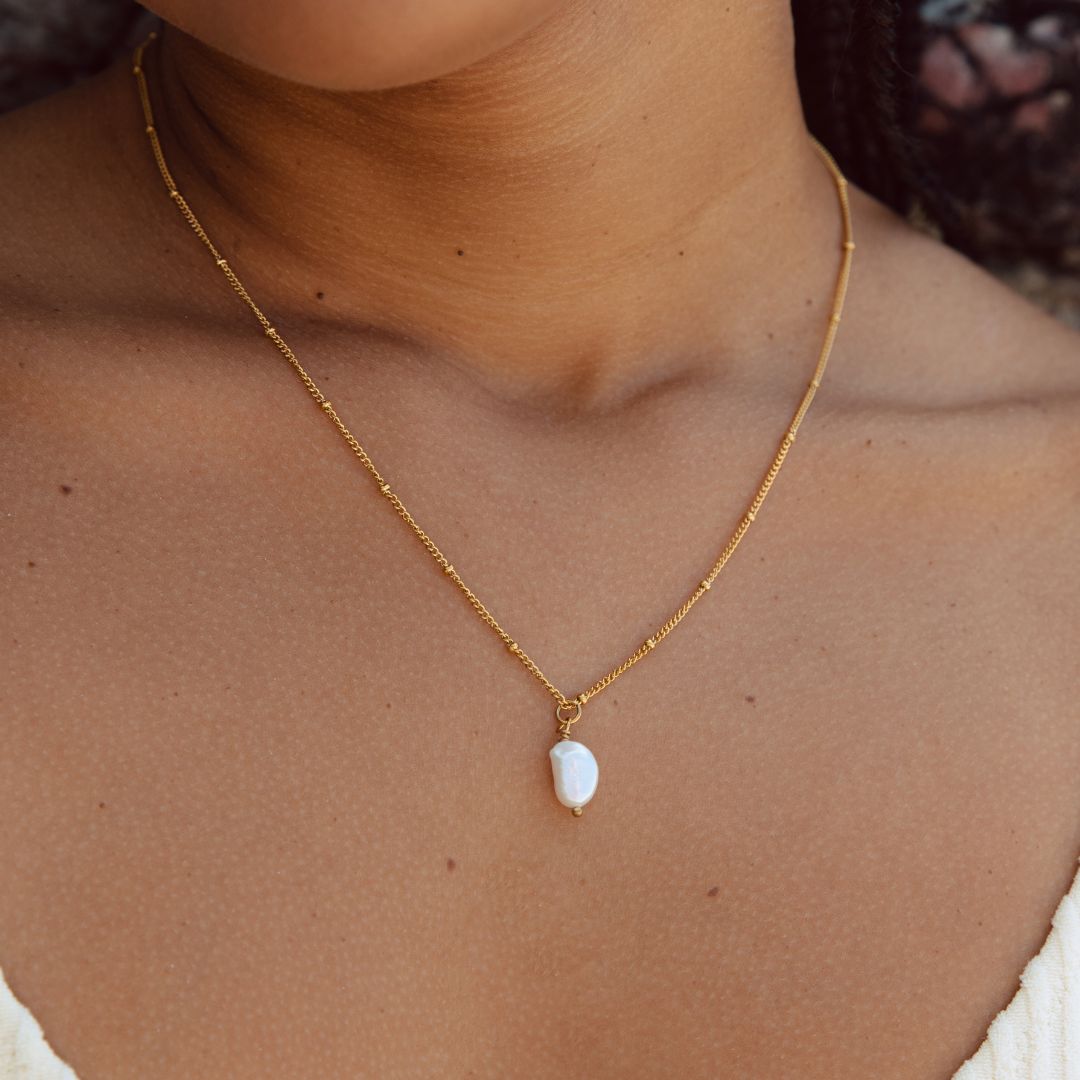

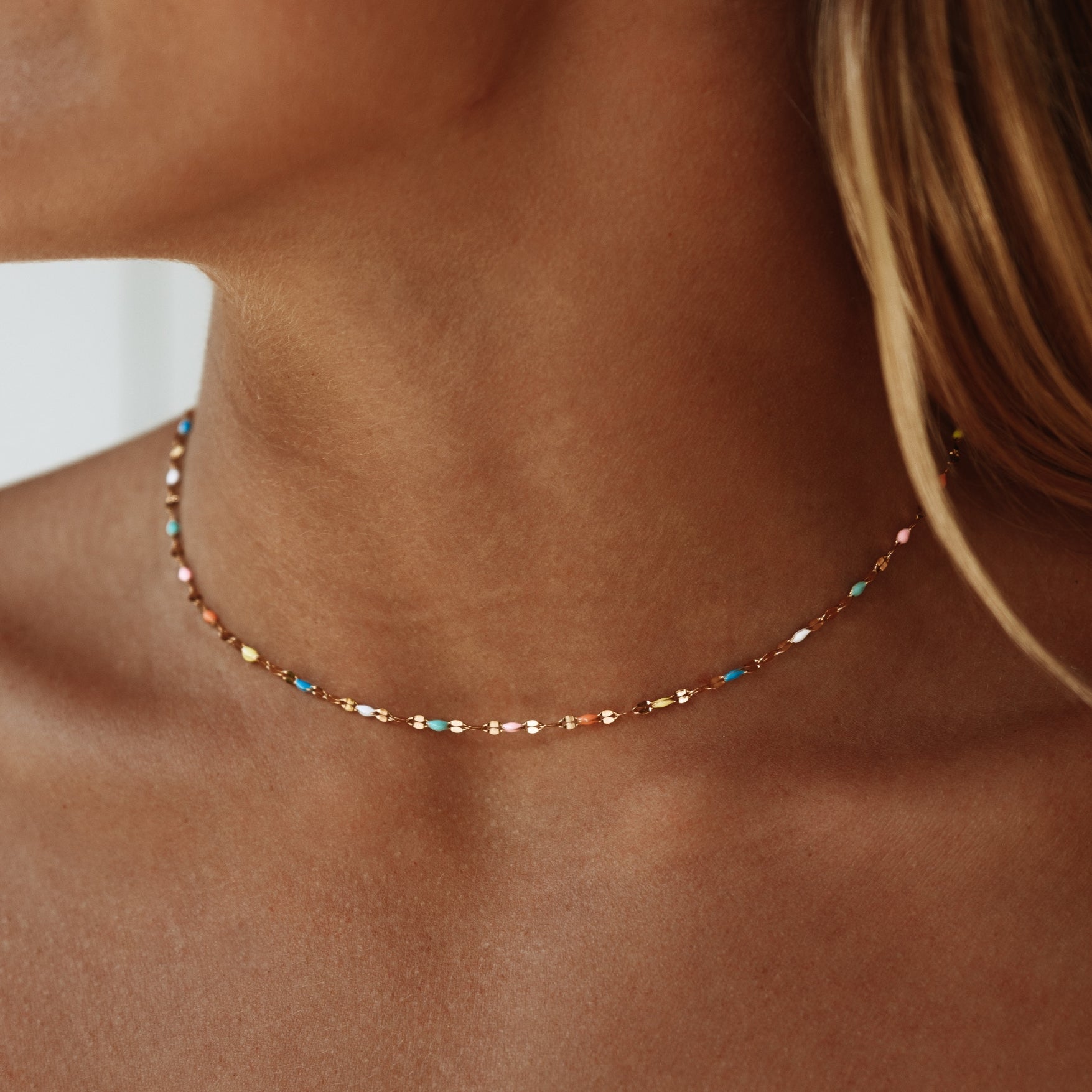


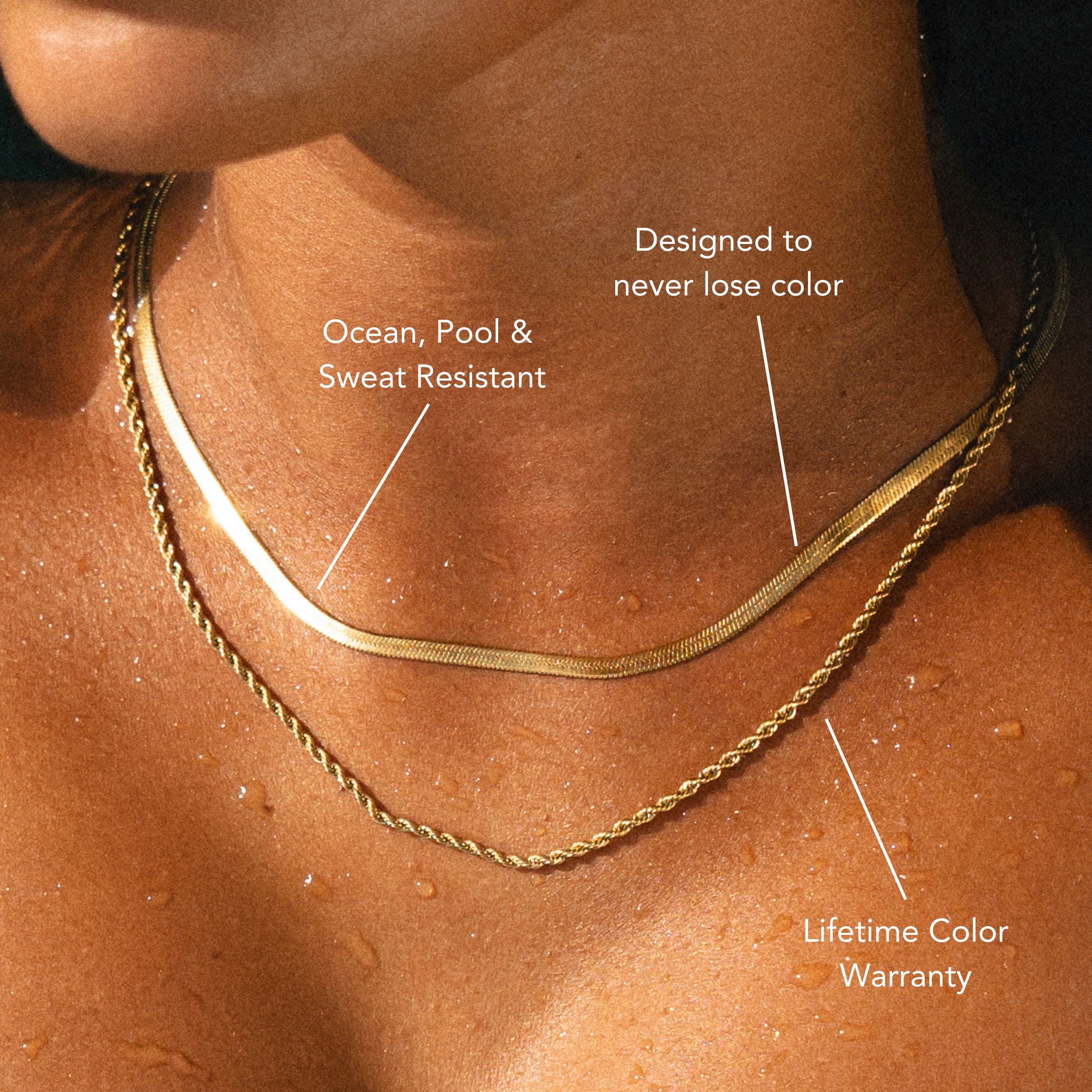
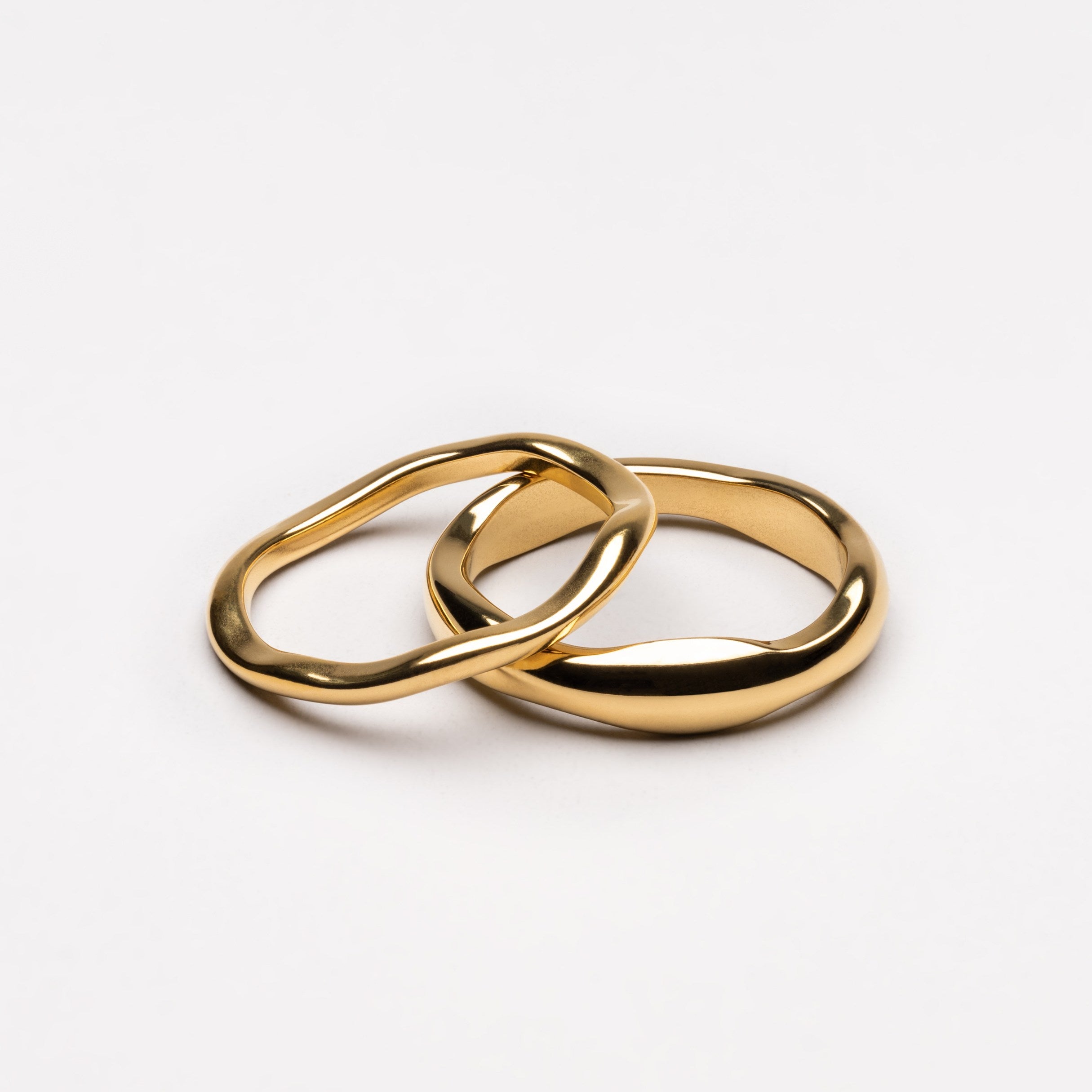


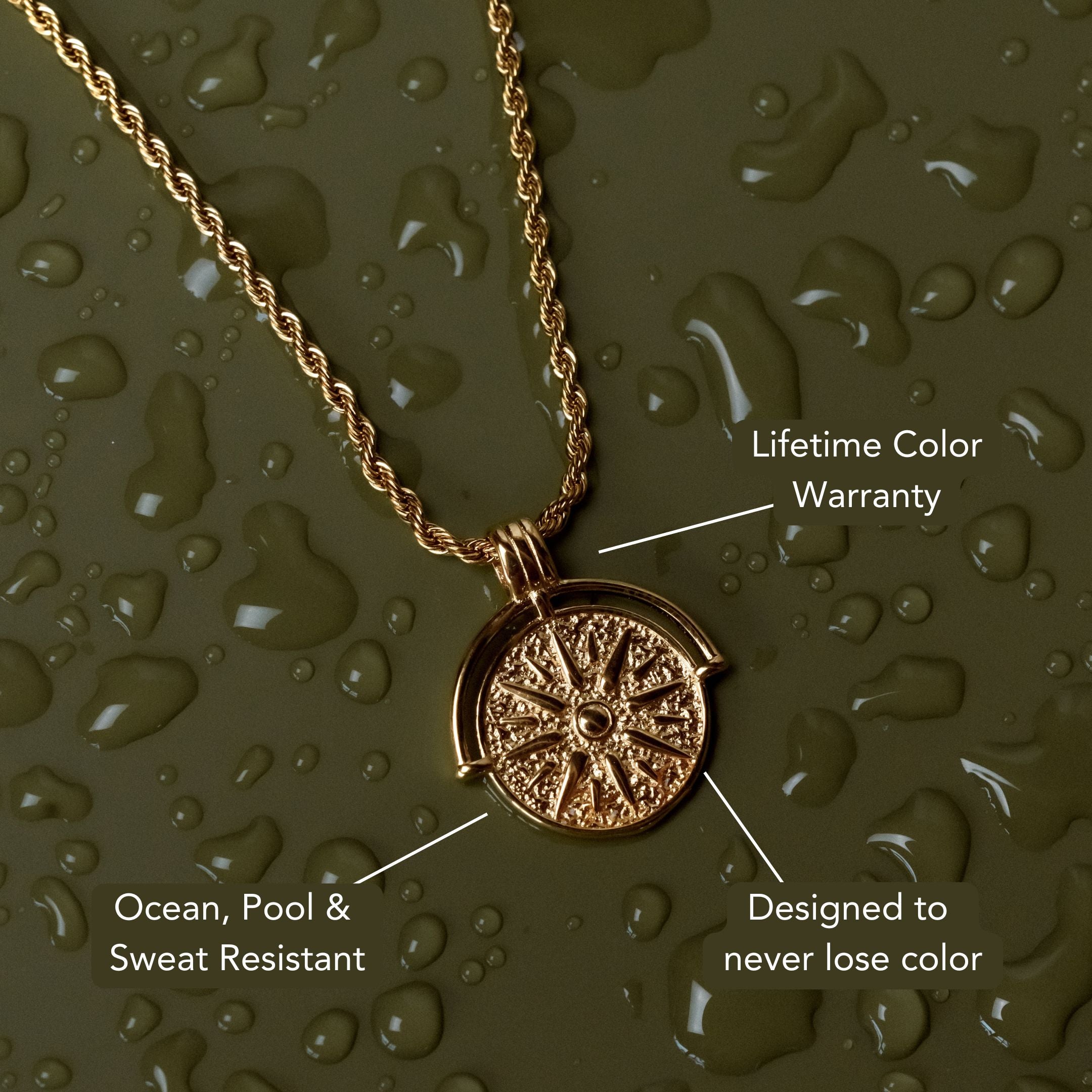
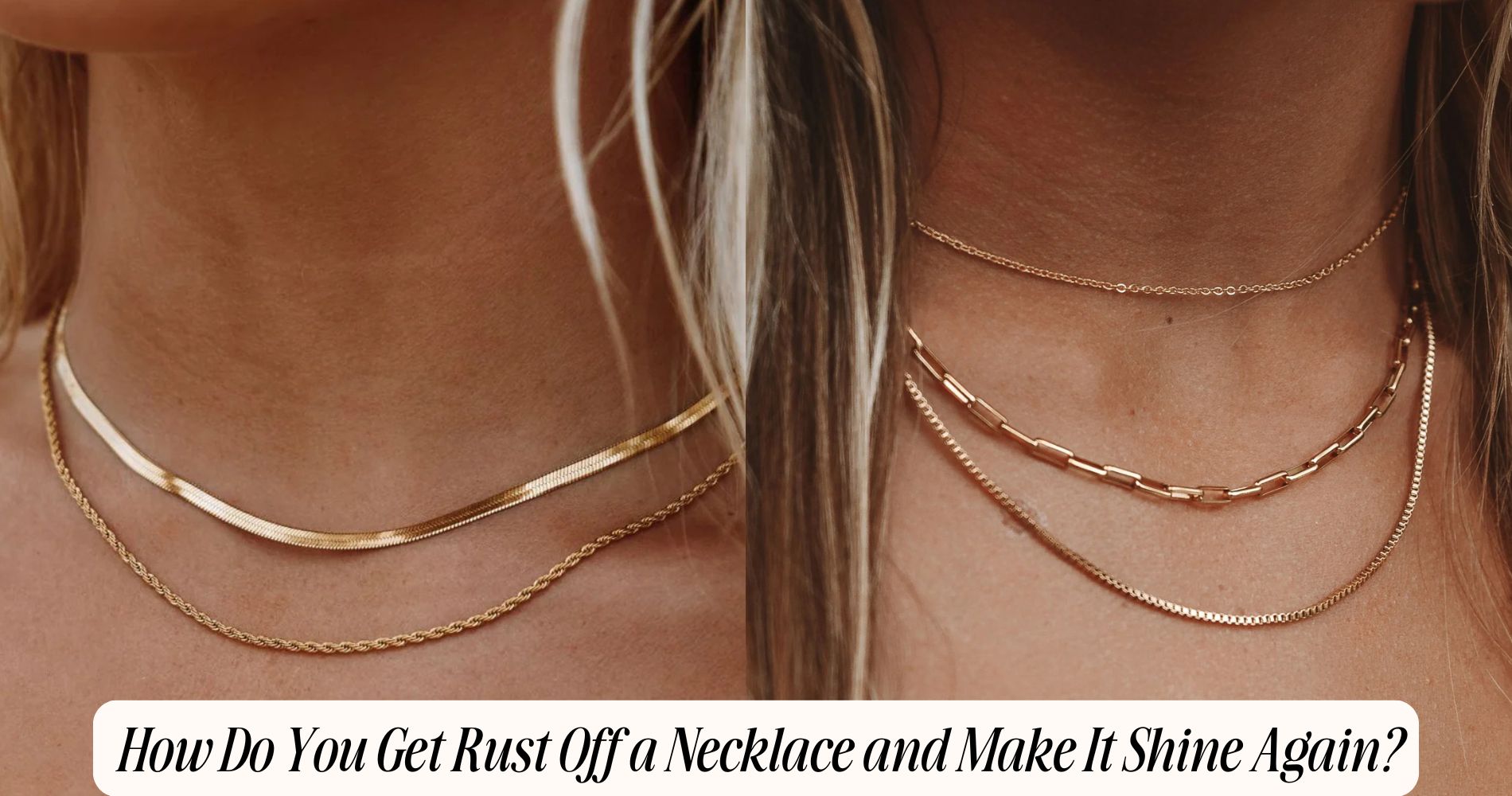
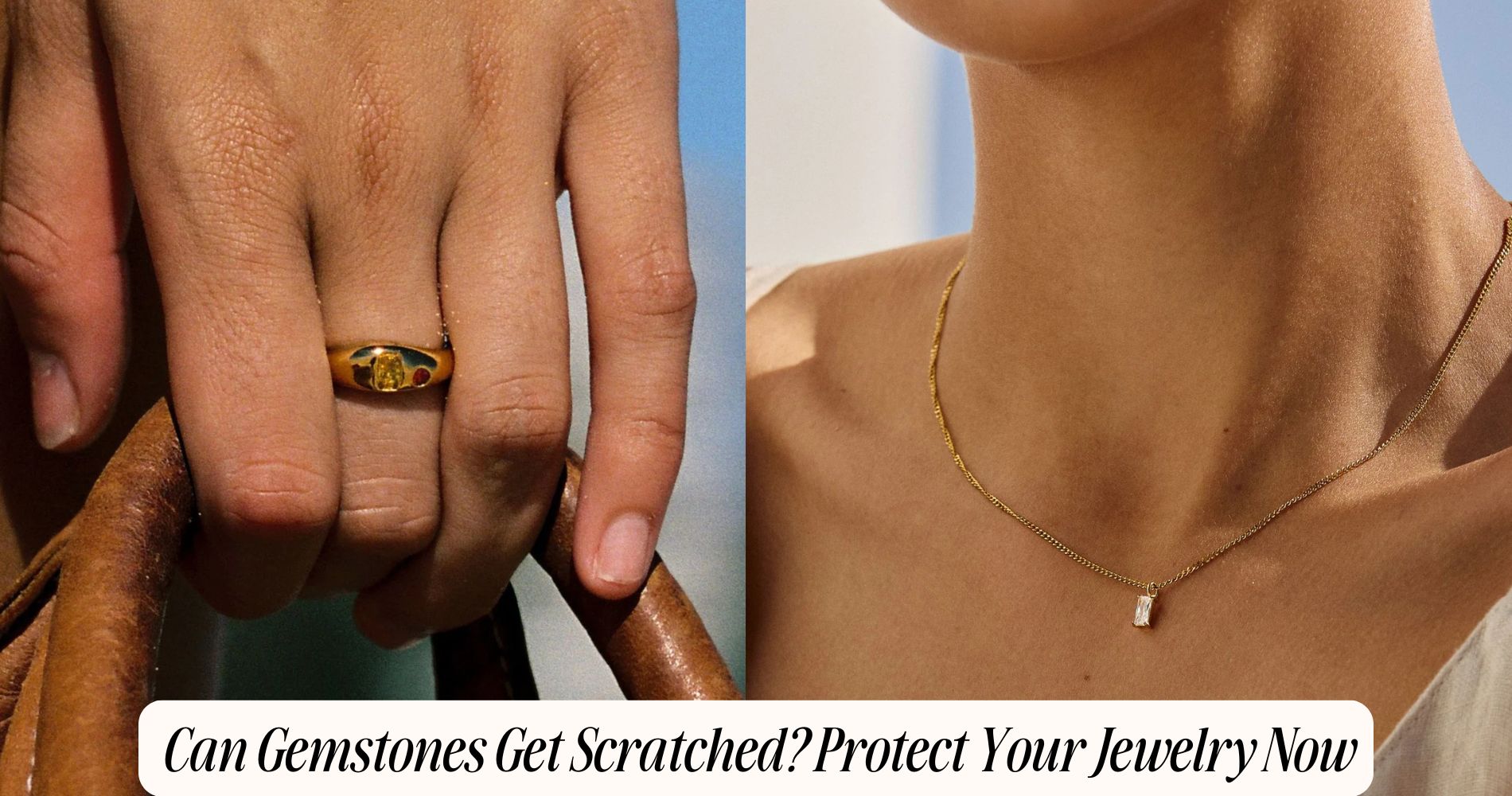




コメントを書く
このサイトはhCaptchaによって保護されており、hCaptchaプライバシーポリシーおよび利用規約が適用されます。